Every Grain of Rice: Simple Chinese Home Cooking
£21.30£24.70 (-14%)
Fuchsia Dunlop trained as a chef at China’s leading cooking school and is internationally renowned for her delicious recipes and brilliant writing about Chinese food. Every Grain of Rice is inspired by the healthy and vibrant home cooking of southern China, in which meat and fish are enjoyed in moderation, but vegetables play the starring role.
Try your hand at blanched choy sum with sizzling oil, Hangzhou broad beans with ham, pock-marked old woman’s beancurd or steamed chicken with shiitake mushrooms, or, if you’ve ever in need of a quick fix, Fuchsia’s emergency late-night noodles.
Many of the recipes require few ingredients and are startlingly easy to make. The book includes a comprehensive introduction to the key seasonings and techniques of the Chinese kitchen, as well as the ‘magic ingredients’ that can transform modest vegetarian ingredients into wonderful delicacies.
With stunning photography and clear instructions, this is an essential volume for beginners and connoisseurs alike.
Read more
Additional information
| Publisher | 1st edition (7 Jun. 2012), Bloomsbury Publishing |
|---|---|
| Language | English |
| Hardcover | 352 pages |
| ISBN-10 | 140880252X |
| ISBN-13 | 978-1408802526 |
| Dimensions | 19.5 x 3.3 x 25.3 cm |



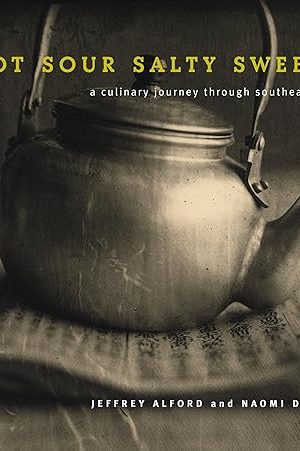
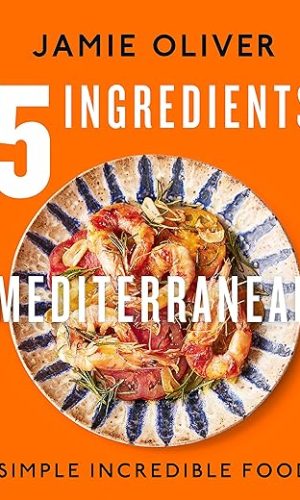
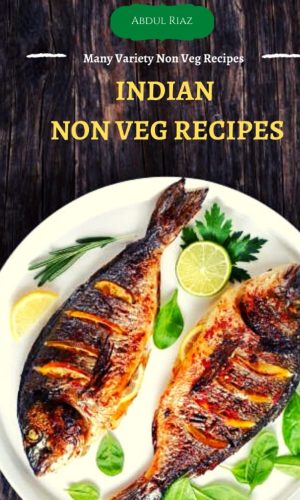
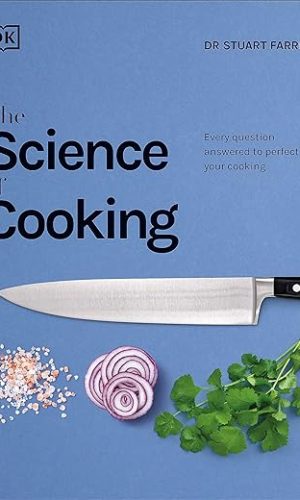
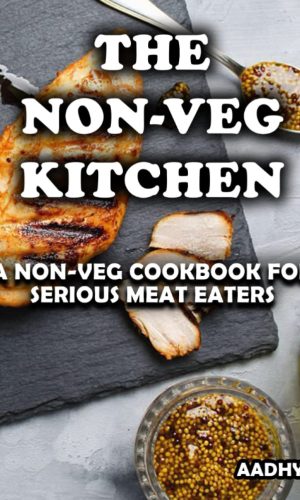
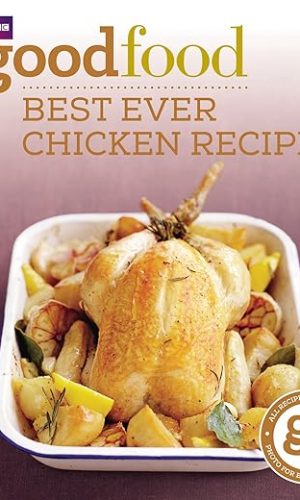
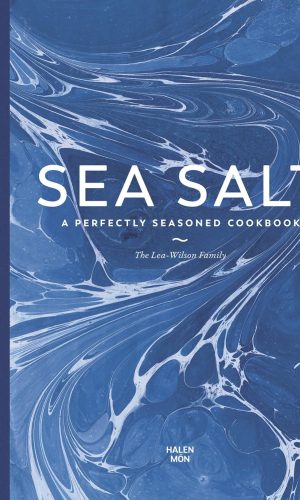
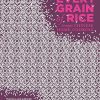
by A. Lau
I am a British-Born Chinese guy who didn’t learn to cook from his parents, who were the type to believe that a degree in law or accountancy would more than make up for culinary ineptitude. I could never have known that cooking the dishes from this book would be the most impressive thing I do for my Taiwanese girlfriend! This is the place to start with Fuschia’s books because it is so well illustrated; moreso than the others. The photographs are inspirational, and give an idea of how dishes might look together as a spread. There is a particularly useful section on menu suggestions, helping the reader to get some basic working combos down when dishes and ingredients might seem unfamiliar. A particular revelation is the section on ingredients, in which actual photographs of the branded products used are shown, with the names appearing in Chinese in the descriptions; this has been a boon when shopping for things in Chinatown. (I have memories of hassling people for the right kind of ‘pickled chilli’ mentioned in ‘Land of Plenty’, and nobody knowing what I was quite talking about.) Cold dishes, soups and braises are abundant, and learning to make these things made me realise how foolish I was trying to stir-fry more than two things for a meal; that is the way to stress and stinkiness. One quickly learns that there is a pantry of dried and pickled ingredients, and about a dozen condiments and sauces. Combined with garlic, ginger and spring onions, I have a setup that means I can confidently do something with chicken, eggs, mince or a host of accessible veg. Learning to make the simpler dishes, like smothered rainbow chard, stir-fried cabbage/lettuce with dried shrimp, or a simple stir-fry of broccoli with dried chillis and Szechuan pepper means I can ‘do the veg’ in a very quick and tasty way that looks the business on the plate, relies on only one fresh ingredient I can usually pick up even in a Tesco Metro or Sainsbury’s Local, and leaves me free to think about my protein element. I can’t say how useful having this as an iBook download has been whilst wandering down the veg aisles. A few small criticisms: it would be useful if it were explicitly explained how far ahead a dish could be prepared and held before final cooking, since the actual cooking is often a tiny fraction of the prep time, so everything is usually prepped at once and then cooked at once (Ruth Watson’s ‘The Really Helpful Cookbook’ is exemplary here). Another issue for me is the failure to bring some of the recipes up to date and use a microwave, which is definitely better than blanching for the recipes involving peas, beans, edamame and broccoli (see Harumi Kurihara’s ‘Japanese Cooking’ for modern examples of how it can be done). Lastly, I do dearly wish that brave writers would begin to debunk the MSG myth: the very tiny minority adversely affected by it know who they are, just like those with nut and seafood allergies. If Harold McGee says MSG has not been proven to be harmful, it’s about time writers on Chinese cooking started to give guidelines on adding an OPTIONAL amount of MSG to dishes should readers wish to do so, since it is as central to the seasoning of much Chinese food as soy sauce and white pepper. These micro-quibbles aside: just buy it; it is a true Chinese cookbook, very well written in English.
by Farlsborough
I’m a confident cook of Indian food and feel like after visiting India, combined with an excellent recipe book, I understand the flavours of curry and Indian spice. Not so with Chinese. Takeaway fare leaves me cold, but as I haven’t been to China, I felt totally intimidated by the vast array of products at Chinese cash-and-carries, and had no idea how to start learning basic principles of authentic Chinese cuisine.
No longer! Fuchsia Dunlop has done an amazing job of making very foreign flavours and ingredients seem simple and appealing. This book is packed full of very achievable, quietly confident recipes that transport you to the homes in which she learned to cook and eat these dishes. As an added bonus (and by the very nature of Chinese food) they are healthy too, focusing on vegetables and almost using meat as a seasoning and flavour-giving ingredient rather than as the bulk and focus of the dish. But best of all, the basic ingredients she uses (and explains concisely at the beginning of the book) mean that after one cheap visit to a decent Chinese grocer, you’ll have the store cupboard ingredients necessary to make the vast majority of these dishes when combined with fresh produce. Many recipes have only 5-6 ingredients.
Fuchsia herself acknowledges that China is vast and variable with regard to the cuisine – differences between regions, between north and south etc. and she is clear that this book is mostly inspired by food from her favourite Szechuan province. She has since written at least one other book if not several and perhaps those keen to will use this as a springboard of discovery, however for me as only an occasional eater of Chinese food this book is likely to be the only one I’ll ever want or need. It will be treasured for years to come.
by Hallu
Fuchsia Dunlop, despite a hilarious name, is undoubtedly the Jamie Oliver of Chinese Cooking : just like him, she’s not the best chef in the world, but she understands how to write cookbooks, and best of all, she makes us do great tasty recipes. It’s not a coincidence a comment by Jamie Oliver is included on the back cover : those 2 obviously share the same cooking philosophy. While people like Gordon Ramsay lack that gift of being able to share his emotions, she certainly doesn’t. What lacked in her Sichuan cooking book is finally here : great photos for almost all recipes.
For those who wondered, yes her sichuan recipes are still there. Some are slightly modified (the Gong Bao chicken has less sauce in it, and the peanuts are oven roasted instead of pan toasted), and even with non-Sichuanese recipes you can feel that she leans toward the spicy recipes. Since this is my taste too, I didn’t mind. But compared to other Chinese cookbooks, yes, there’s less steamed stuff and less seafood. It lacks quite a bit on the steamed buns side too, but it isn’t an exhaustive regional cookbook about China (I hope it’ll be her next one), after all it’s “Simple Chinese Home Cooking”. And for this, the goal is fulfilled. With many pages on what ingredients to buy (even the brands), it’s never been easier. Because at first, it’s daunting to go to an Asian supermarket and try to decide what soy sauce or chili bean paste to buy. Thanks to this book you’ll know, and once you have a good base of sauces, dried spices and pickled vegetables, you’ll be prepared to cook everything as she does, and prepare full menus as directed.
Don’t take this book for what it’s not : it isn’t a complete Chinese cookbook on banquet menus and full authentic recipe. It’s more of a way of discovering Chinese cooking from your home, given that you have access to a good Asian market nearby (don’t bother if you don’t : you definitely CAN’T cook these with a sushi soy sauce and without a real chili bean paste).